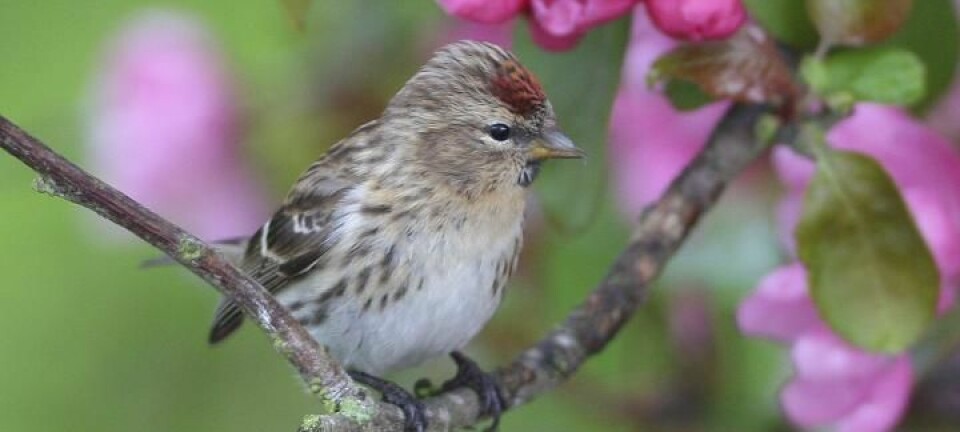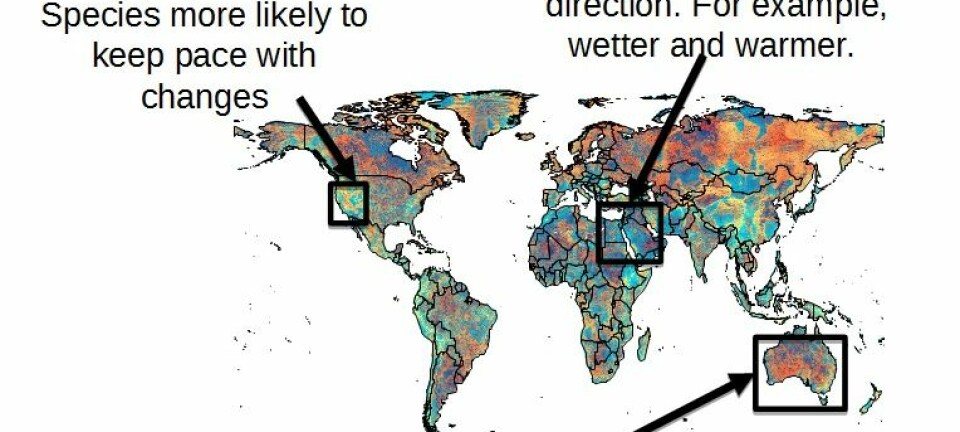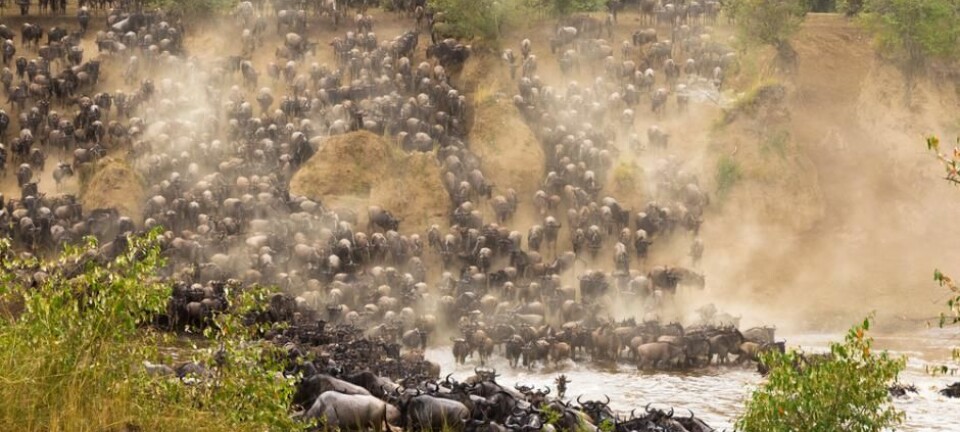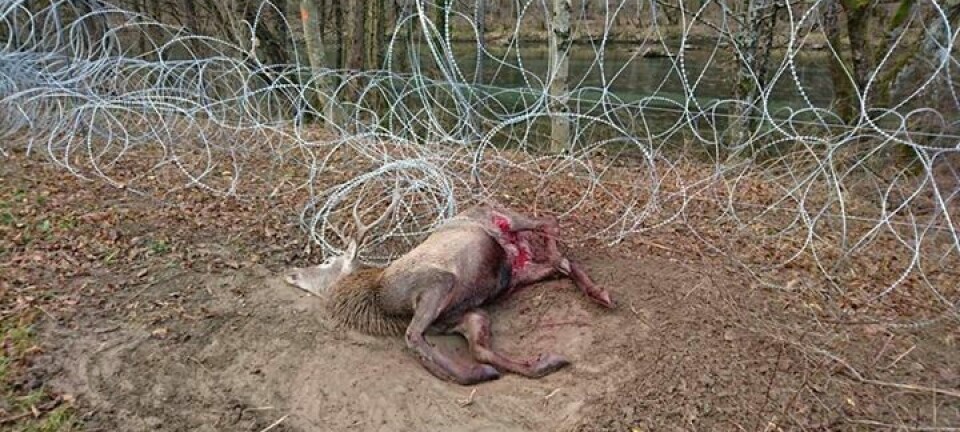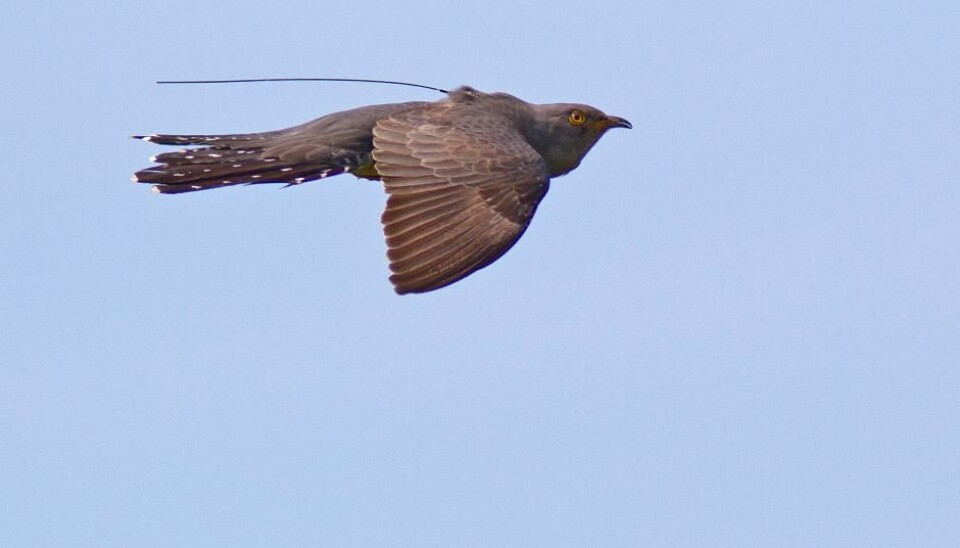
Scientists solve old mysteries of bird migration routes
A new study has mapped the migration routes of nightingales, cuckoos, and shrikes. It is a quantum leap in our understanding of bird migration, says scientist.
When cuckoos hatch, they are born as orphans.
The adults leave before their infants have hatched, leaving their babies to figure out themselves how to get to Africa when insects begin to disappear in the autumn.
“A cuckoo never sees its parents,” says Kasper Thorup, a lecturer in the Center for Macroecology, Evolution and Climate Change, University of Copenhagen, Denmark. “Yet they still manage to figure out where they need to go and when to leave their nests in the autumn,” he says.
Until now, ornithologists did not know what controlled cuckoos’ and other migratory birds’ routes to warmer climates, but now Thorup and colleagues have mapped the routes that cuckoos, nightingales ,and shrikes take when they fly south from Northwest Europe to Africa.
Their routes are decided by where the birds can find the most food en route, which correlates to the type of vegetation they spot on their journey.
The new results are published in the journal Science Advances.
Read More: Climate and intensive farming push European birds into decline
“The study is extremely interesting and a quantum leap in our understanding of how these birds migrate,” says ornithologist and senior scientist Karsten Laursen from the Department of Bioscience, Aarhus University, Denmark. He was not involved in the new research.
“No one has shown before that these bird migration routes follow a specific pattern based on the food supply en route,” he says.
Read More: Earth set for large-scale wildlife reshuffle
Species take different routes
In the new study, Thorup and his colleagues show that cuckoos fly through regions in Southern Africa, where the rainforest-like vegetation is green for a large part of the year.
They take five to seven breaks along their journey, each time stopping off for a few weeks in areas with lush vegetation.
Nightingales and shrikes take another route and sample a different type of vegetation en route. They favour regions that are normally dry, but become green for short periods of time after rain. They stay for a few months in each place.
“We don’t know why species follow different routes and stop-over in different types of vegetation, but we suspect that it has something to do with the type of insects they eat,” says Thorup.
“Cuckoos live off large insects, such as butterfly larvae. Large insects live in areas that are greener for longer periods of time. The two other bird species eat smaller insects,” he says.
Read More: Fences are disrupting African wildlife on an unprecedented scale
Climate Change is fatal for birds
Thorup has also seen how climate change is affecting cuckoos, nightingales, and shrikes migration routes.
The new study suggests a bleak future for small migratory birds.
“By 2080, climate change will likely have affected vegetation so much that in some seasons there’ll no a shortage of the lush, green regions that the birds are so dependent on along their route,” says Thorup.
“The consequence is probably that species will decline. We already see that migratory birds are declining because of huge landscape changes in Africa. Humans encroach on natural landscapes to create arable land on a scale that’s hard to comprehend. Alongside climate change, this is making it even harder for these birds to cope with,” he says.
------------------
Read the Danish version of this story on Videnskab.dk
Translated by: Catherine Jex
